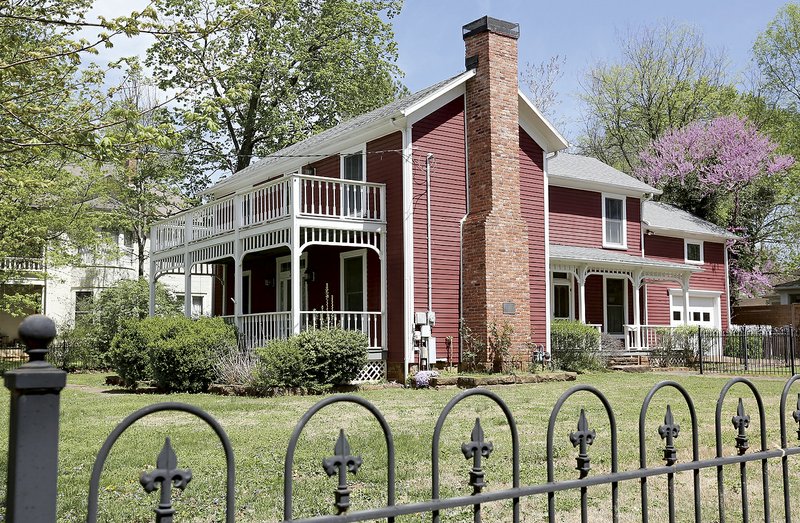FAYETTEVILLE -- Anyone living in the Washington-Willow Historic District who wants to make changes to their homes under a set of mandatory regulations would be subject to review with a proposed preservation ordinance.
On Thursday, members of the Historic District Commission went over what those mandatory regulations should be.
The commission has been discussing regulations proposed in a draft of the ordinance that has been on the city's website since April. The idea is to have some say in features for new homes, renovations or additions to homes visible from the street, commissioners agreed.
The issue came up in summer 2017 after the 138-year-old Stone-Hilton house at Lafayette Street and Willow Avenue was demolished. The new owners said years of neglect made the house irredeemable.
The policy statement about demolition in the ordinance draft is pretty clear, commission Chairman Christine Myres said. If a homeowner wants to demolish a home and it's not a case of health and safety that poses a danger to the public, then the matter would have to go before the commission, she said.
Under those circumstances, Stone-Hilton house likely still would have had to come down, Myres said.
"This doesn't mean that people won't apply for demolition, make a good case for it, come before the commission and be granted permission," she said. "That's not our purpose. Our purpose is to make sure if something does come down there's a darn good reason for it to come down."
One set of regulations would be mandatory, while another would serve as a set of guidelines for recommended best practices. The commission discussed the definitions of both.
Commissioners would review and consider whether to grant a certificate of appropriateness for a proposed alteration to a home in the district. Best practices would be a set of preferred measures the homeowner would have the option of following.
Commissioners also hashed out the details of the proposed regulations.
For instance, vinyl siding would fall under the mandatory regulation category. There could be exceptions made if the siding matches the existing wood profile, doesn't conceal windows or door trim or doesn't remove architectural details.
More than half of the property owners in the neighborhood would have to agree to become subject to the ordinance. The City Council also has to approve it.
Rhianon DeLeeuw, a commission member, said there must be a balance struck between maintaining the integrity of the neighborhood and making the regulations reasonable for the people living under them.
"The answer is somewhere in the middle," she said. "Likely, on a less restrictive level is where you really land."
Metro on 06/15/2019

